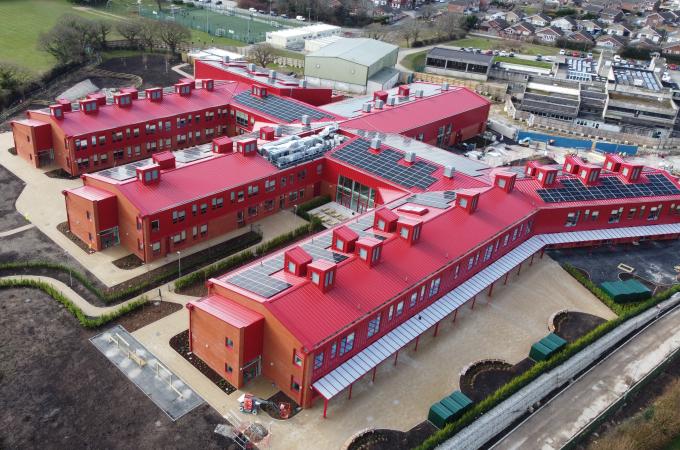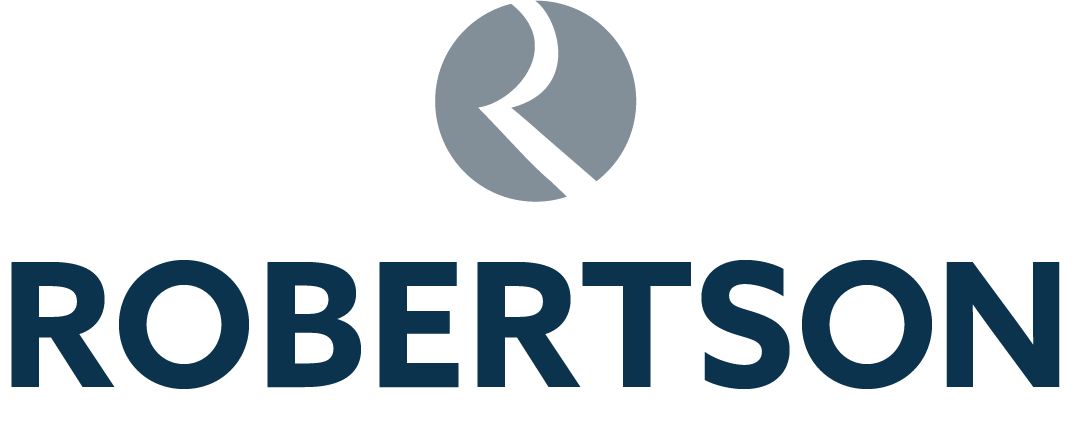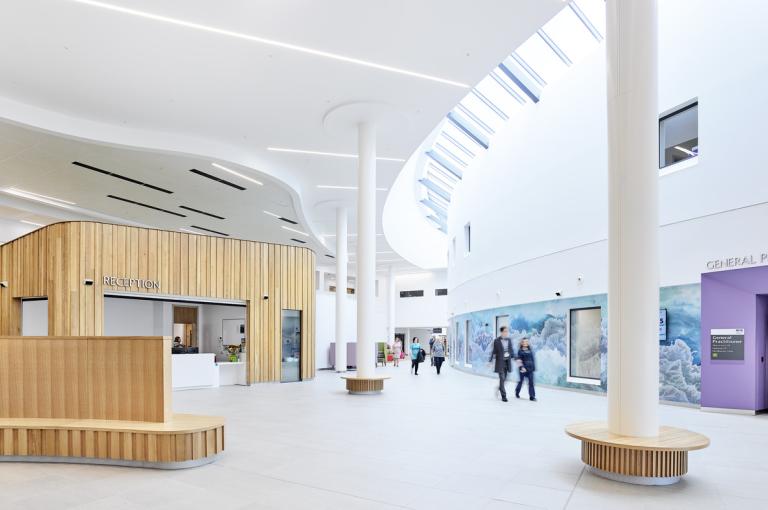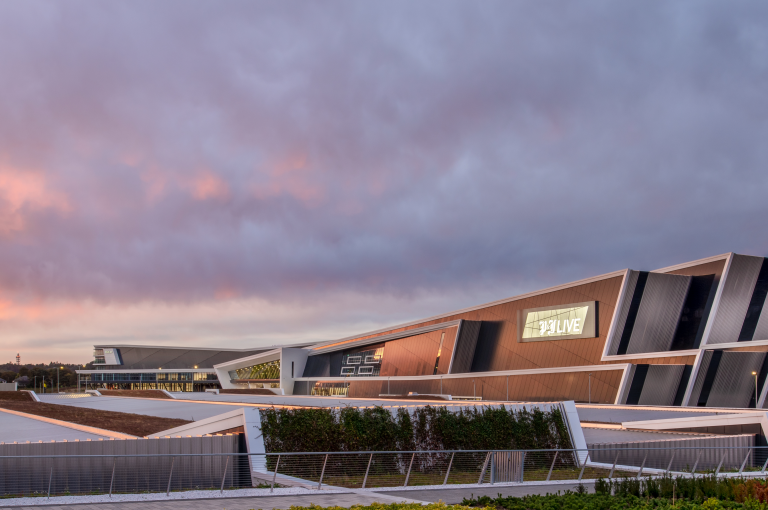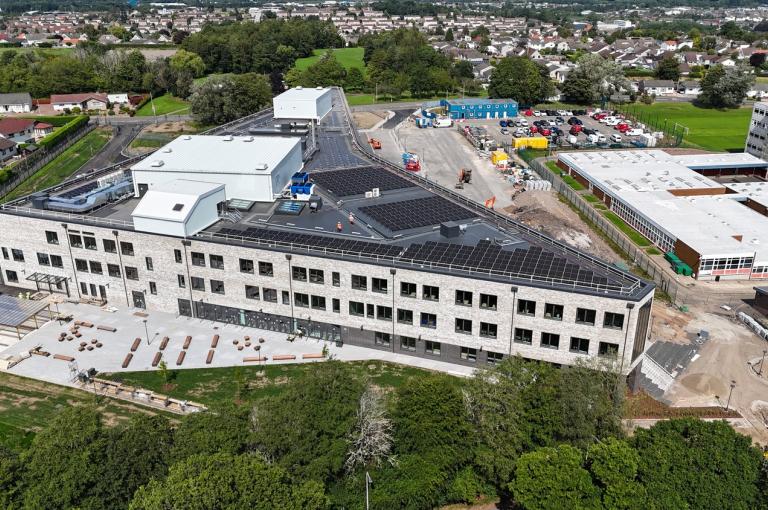Embedding digital construction into the full project lifecycle
In championing the latest digital construction approaches, we are driving innovation in the design, construction and operation of buildings – safeguarding compliance while improving collaboration, efficiency and safety.
Our expertise in delivering digital construction throughout the project lifecycle bring benefits to our customer, stakeholders and delivery teams, and the people who ultimately use the buildings we construct.
As a dynamic, forward-looking business, the most up-to-date digital construction standards are embedded into our best practice so that any project we work on is smooth, safe and compliant.
What is BIM according to ISO 19650?
Robertson operates to the latest digital construction standards – BIM according to BS EN ISO 19650. It’s a systematic approach to creating and managing project and asset information. Implementing and following this standard brings time, cost, and quality benefits to the full project lifecycle. Our project teams use 3D Building Information Models to collaboratively produce and review design information, while during construction management we use digital technologies to rigorously review quality. At final handover, end users benefit from timely, accurate building information so they can efficiently maintain their assets into the future.
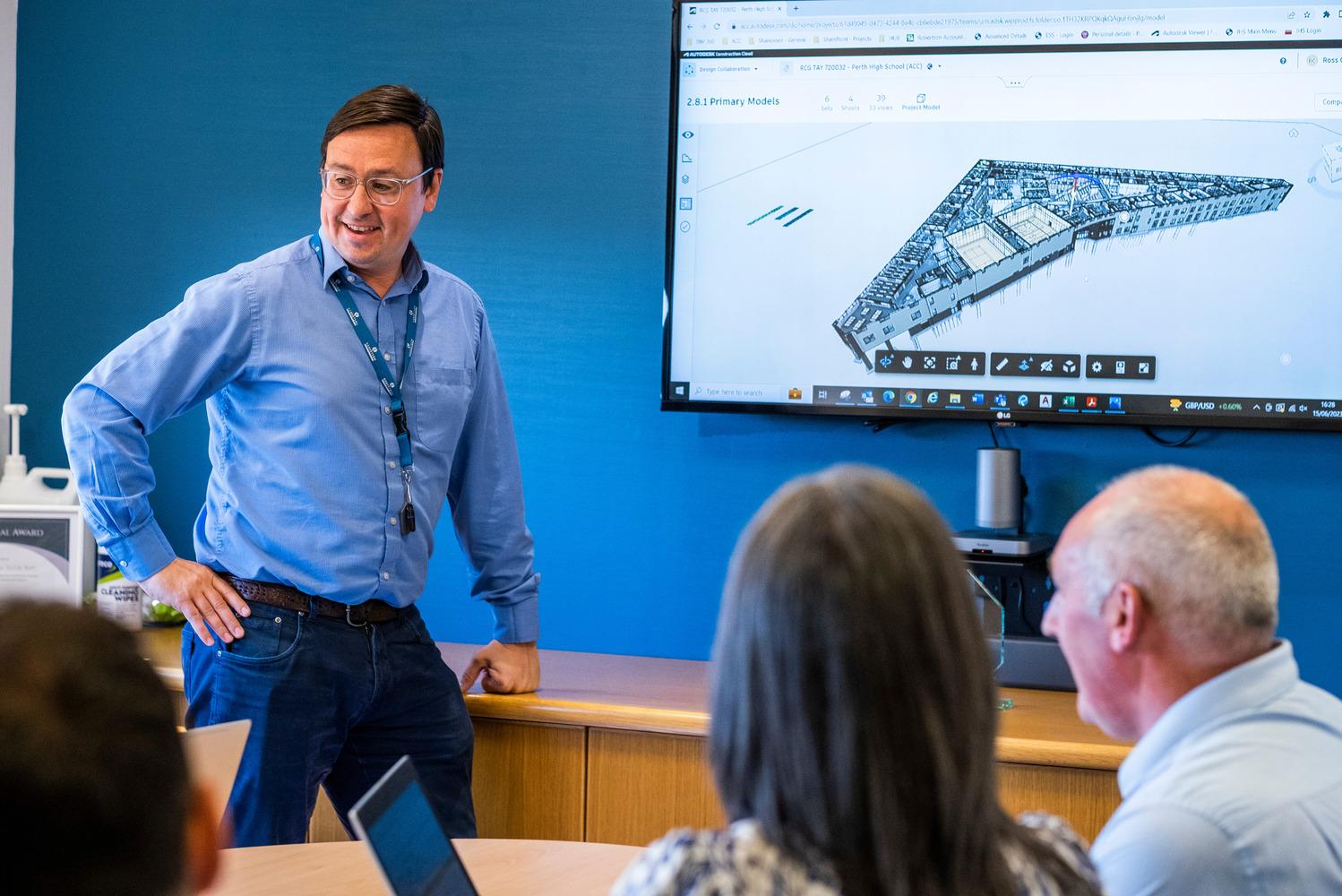
Working to industry BIM standards is something we have many years of experience in – from framework projects to large-scale DBFM projects (Design, Build & Facilities Management) such as The Balfour hospital and healthcare facility in Orkney . Collaborative design was critical to meet the challenges of delivering this project in such a remote location. Drawing on the expertise of our own long-standing Facilities Management business meant we could create a building that could be efficiently maintained over a 25-year relationship with our customer NHS Orkney.
Common data environments – CDE in construction
Common data environments (CDE) are collaborative digital platforms that allow design, construction and operational information to be shared between teams while a project is developed and built. The information is passed over to owners and operators to enable maintenance, facilitate operation and ensure compliance.
We have been working in partnership with design and delivery teams, sharing this digital construction information in CDEs, for many years. And over this time, we have regularly reviewed and updated our process to align with best practice, meaning the collaborative digital approach is now second nature for us. It is formally written into our management systems and is mandatory for all our projects.
In partnership with Autodesk, our CDE provider, we fully integrate digital and field tools via a secure, cloud-based platform. We can integrate this seamlessly with any customer CDE, where this is a requirement, and provide full access, training and support to all users throughout the project lifecycle. Our ISO 19650 and ISO 9001 accreditations are based primarily on our CDE capability and the process that underpins it.
What is the Golden Thread in construction?
The Golden Thread is a UK Government policy, published in 2021, that was developed following a review of building regulations and fire safety. The Golden Thread formalises the requirement to store and share key building information so it can be used effectively and ensure safer buildings.
Following the “Golden Thread” policy brings design, quality and digital information to anyone that needs it, so that a building can be properly managed and maintained in the future. And most importantly, the people in and around it are kept safe.
Our collaborative digital construction approach, coupled with our CDE, puts us in the perfect position to meet these new stringent standards, being introduced through the Building Safety Act 2022. We ensure that all our projects, customers and stakeholders remain compliant with Golden thread requirements.
